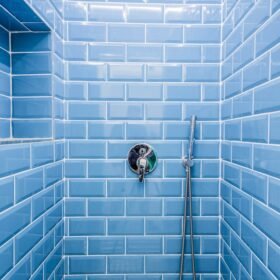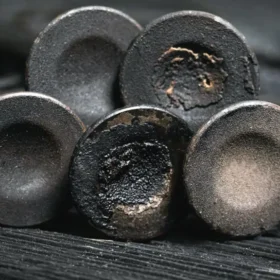Spray foam insulation is a type of insulation that is applied as a spray and expands to fill the spaces it is applied to. It is used to insulate a variety of spaces, including attics, walls, and crawl spaces, and is known for its ability to provide a high level of insulation with a relatively thin layer. Spray city insulation is one of the best firms to call for spray foam insulation.
There are two main types of spray foam insulation: open-cell and closed-cell.
Open-cell spray foam
Open-cell spray foam is made up of cells that are not completely closed, which gives it a spongy, flexible texture. It is less dense than closed-cell spray foam and has a lower R-value, which means it is less effective at insulating. However, it is also less expensive and is often used in areas where a higher R-value is not necessary, such as in attics or walls.
Read More: https://www.voro.ca/r14-vs-r15-a-comparison-of-two-different-types-of-exterior-insulation-materials/
Closed-cell spray foam
Closed-cell spray foam, on the other hand, is made up of cells that are completely closed and packed tightly together. This makes it denser and more rigid than open-cell spray foam, and it has a higher R-value, which means it is more effective at insulating. It is also more expensive than open-cell spray foam and is typically used in areas where a high R-value is necessary, such as in crawl spaces or to insulate exterior walls.
Both types of spray foam insulation are made from a combination of chemicals, including polyurethane and isocyanate. The chemicals are mixed together and sprayed through a special machine, which mixes them and causes them to expand and harden as they are applied.
Advantages of spray foam insulation
The main advantage of spray foam insulation is its ability to fill in small cracks and gaps, which can be difficult to insulate with traditional materials such as fiberglass or cellulose. It also has a high R-value, which means it is effective at insulating and can help to reduce energy costs. Additionally, it is resistant to moisture, which makes it an effective choice for areas prone to high humidity or flooding.
Drawbacks of spray foam insulation
There are a few potential drawbacks to using spray foam insulation. One concern is the cost, as it is generally more expensive than other types of insulation. It is also more difficult to install than some other materials and requires specialized equipment and trained professionals to apply it correctly. Additionally, the chemicals used in spray foam insulation can be harmful if inhaled, so it is important to ensure that the area is properly ventilated and that appropriate protective equipment is worn during the installation process.
Should You Use Spray Foam Insulation?
One of the primary benefits of spray foam insulation is its ability to create an airtight seal in the space it is applied to. Traditional insulation materials such as fiberglass or cellulose can leave small gaps and cracks that allow air to escape, which can reduce the overall effectiveness of the insulation. Spray foam, on the other hand, expands as it is applied and can fill in these small gaps and cracks, creating a more effective barrier against air infiltration. This not only helps to keep the space more consistently insulated, but it can also help to reduce noise from outside sources.
Another benefit of spray foam insulation is its durability. Once it has cured and hardened, it is resistant to moisture and pests, making it an excellent choice for areas prone to high humidity or infestations. It is also resistant to mold and mildew, which can be a concern with other types of insulation. In addition, spray foam insulation does not settle or compress over time, which means it maintains its insulating properties for the life of the building.
Spray foam insulation is also environmentally friendly. It is made from renewable resources and does not contain any harmful chemicals or gases. It is also recyclable, which means it can be repurposed at the end of its lifespan rather than being sent to a landfill.
In addition to its insulating properties, spray foam insulation also has a number of other benefits for homeowners. It can help to reduce energy costs by keeping the space more consistently insulated and reducing the need for heating and cooling. It can also increase the overall value of a home by improving its energy efficiency and making it more attractive to potential buyers.
There are a few potential drawbacks to using spray foam insulation, however. As mentioned earlier, it is more expensive than some other types of insulation, and it requires specialized equipment and trained professionals to install it correctly. Additionally, the chemicals used in spray foam insulation can be harmful if inhaled, so it is important to ensure that the area is properly ventilated, and that appropriate protective equipment is worn during the installation process.
Despite these potential drawbacks, spray foam insulation is a popular choice for homeowners and builders due to its high level of insulation, durability, and environmental friendliness. Its ability to create an airtight seal and fill in small cracks and gaps makes it an effective choice for a wide range of applications, and its resistance to moisture and pests makes it a good choice for areas prone to these issues. Overall, spray foam insulation is a highly effective and efficient way to insulate a variety of spaces.
Conclusion
Overall, spray foam insulation is a highly effective and efficient way to insulate a variety of spaces. It is made from a combination of polyurethane and isocyanate and is available in two main types: open-cell and closed-cell. While it is more expensive than some other insulation materials and requires specialized equipment and trained professionals to install, it has a high R-value and is effective at filling in small cracks and gaps, making it an attractive choice for many homeowners and builders.







